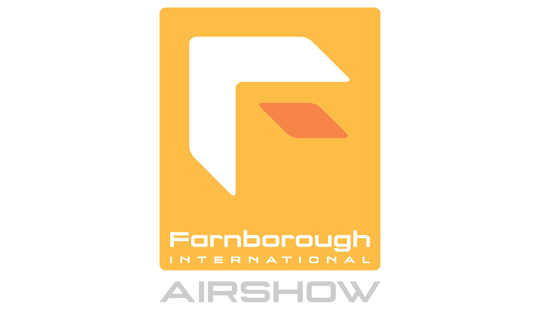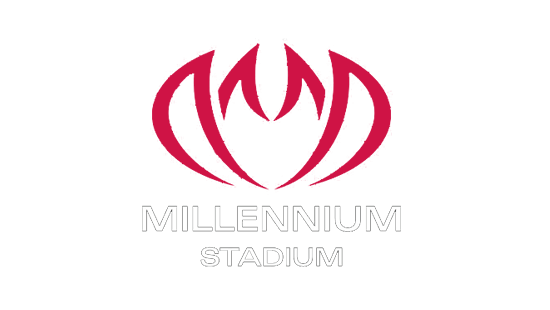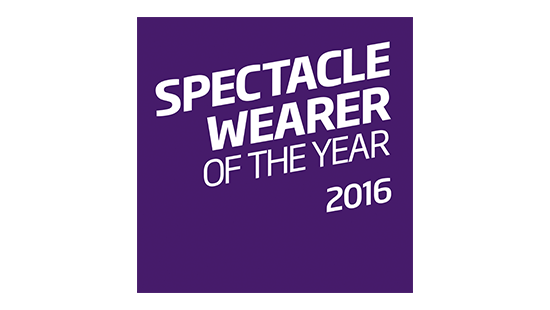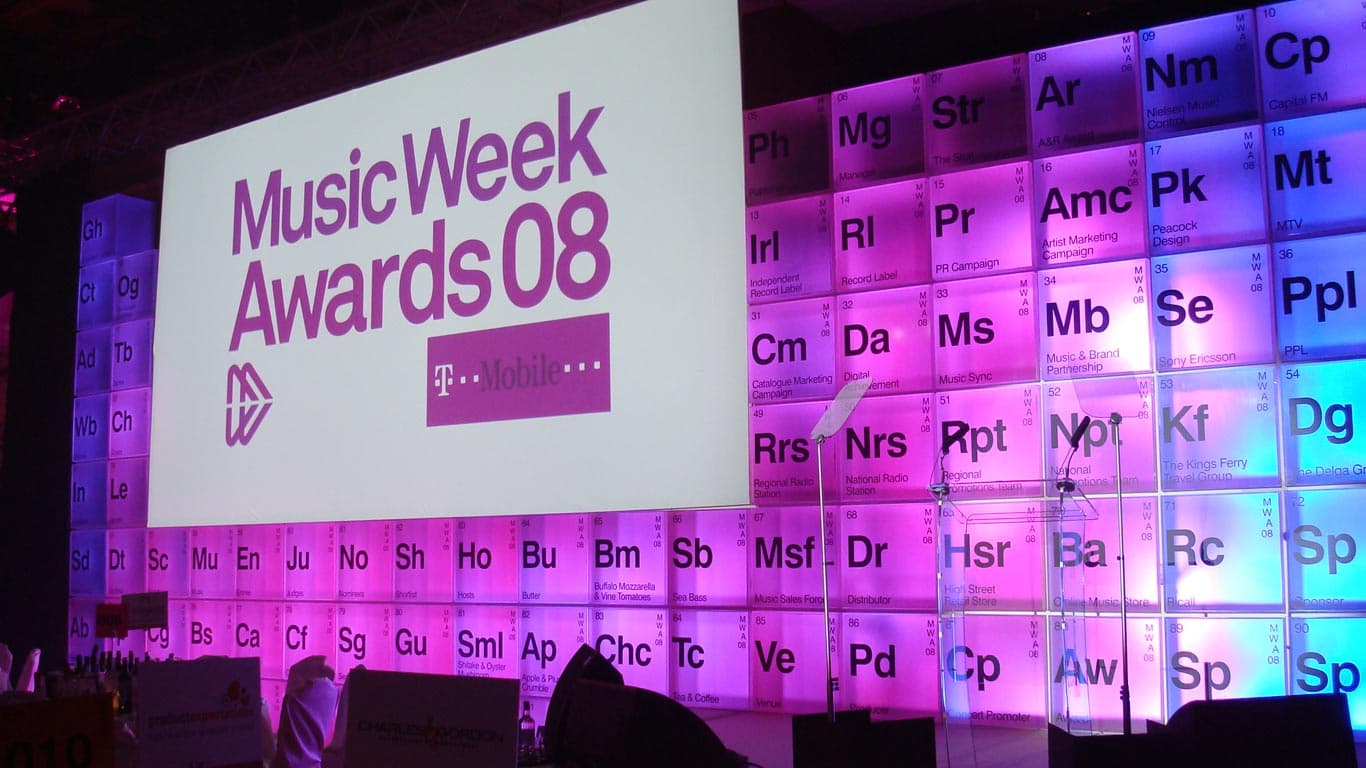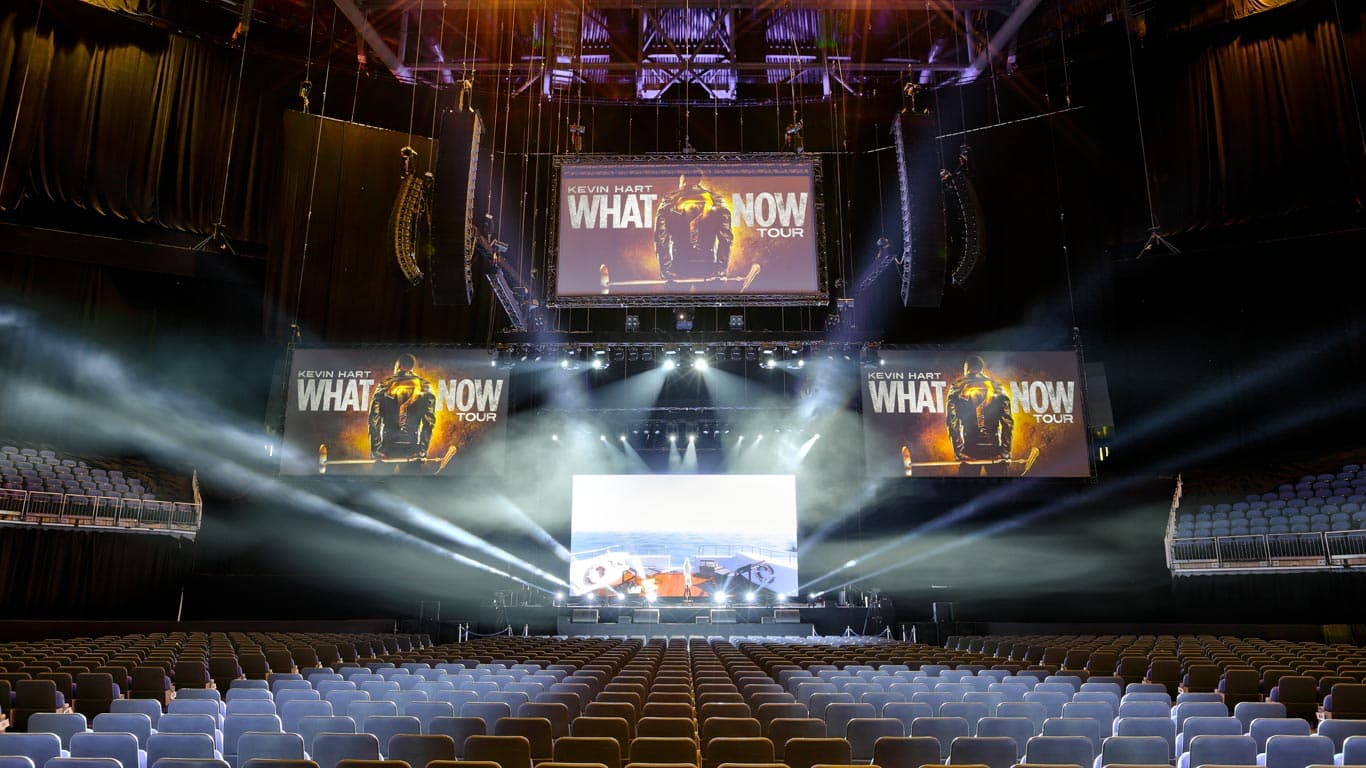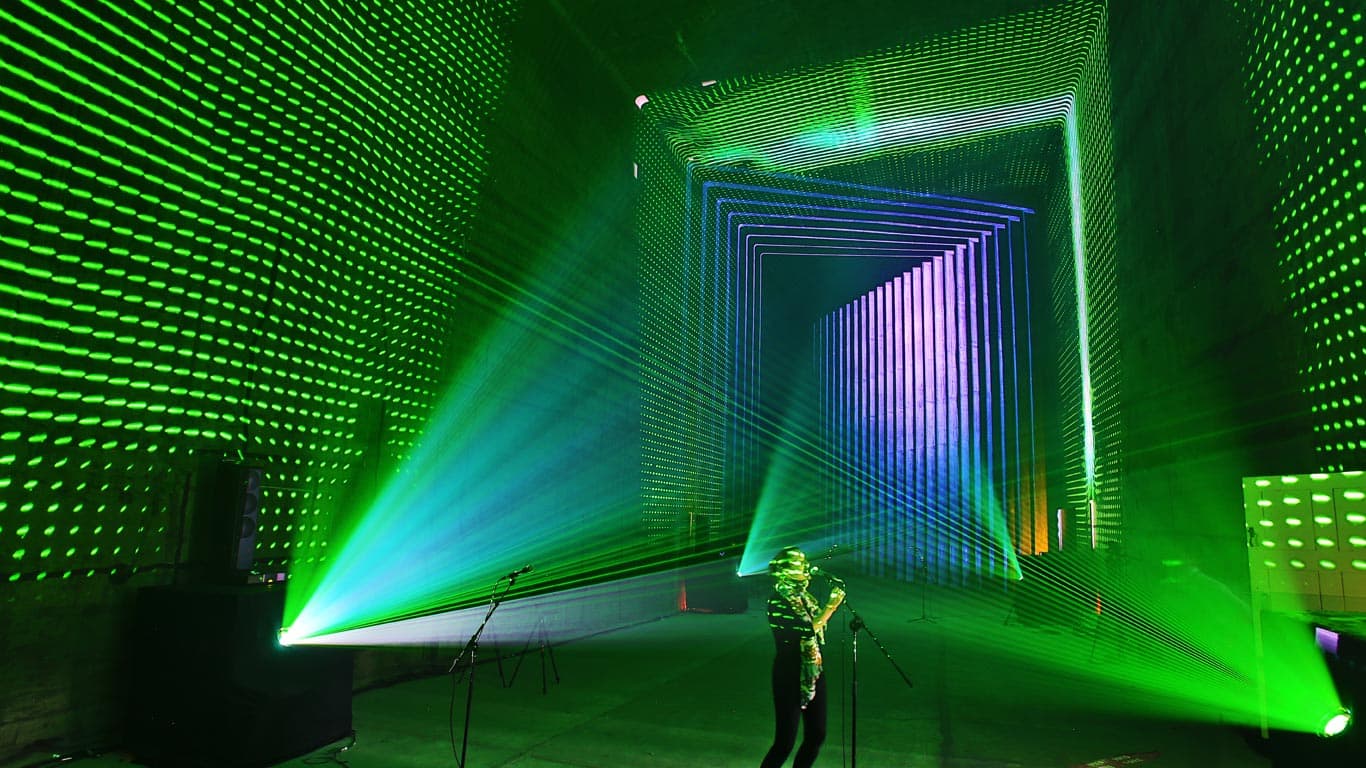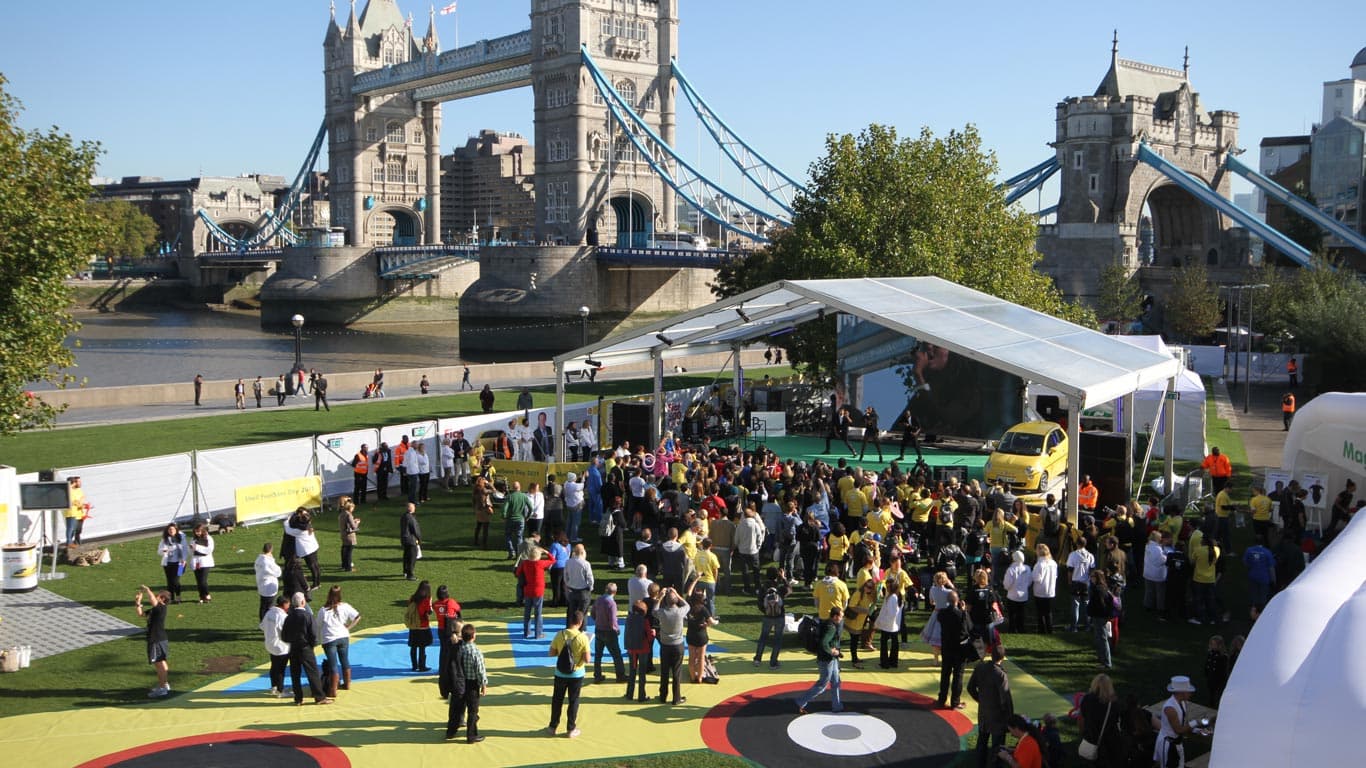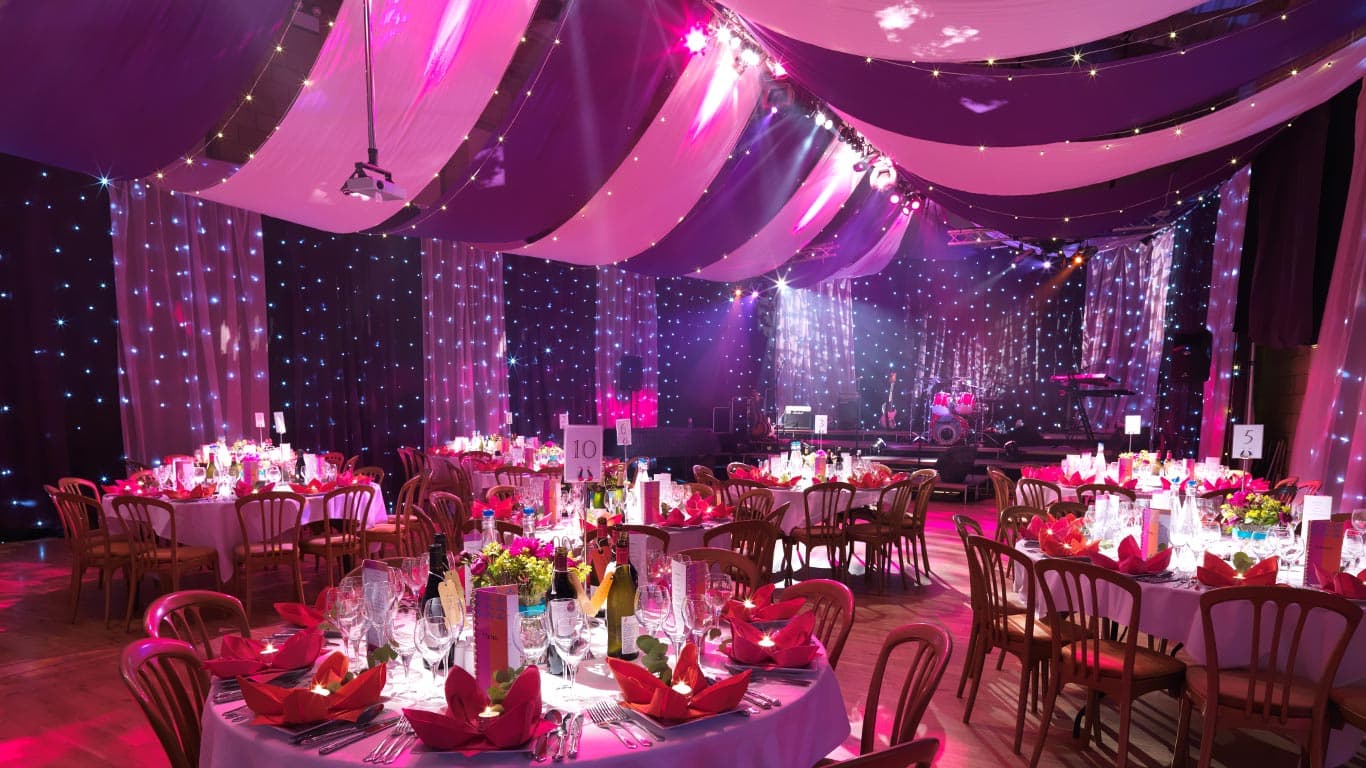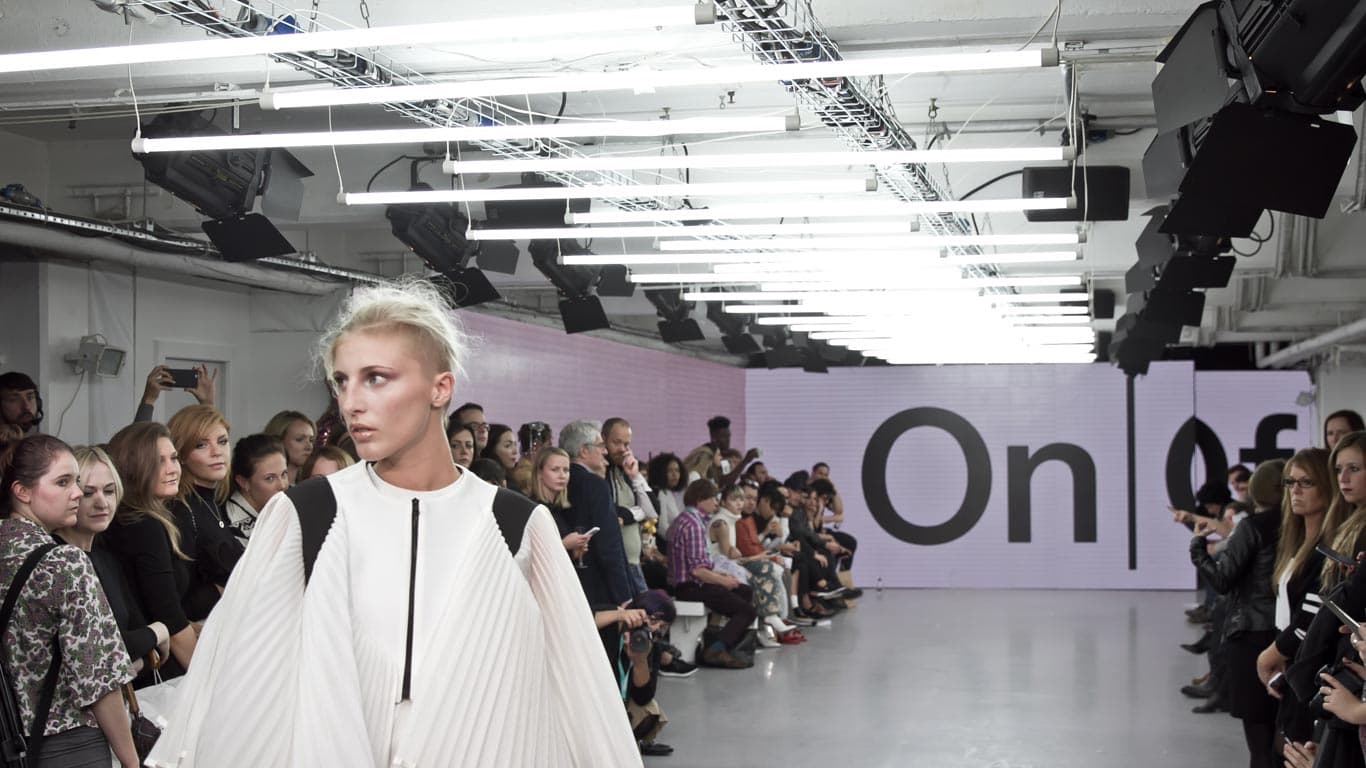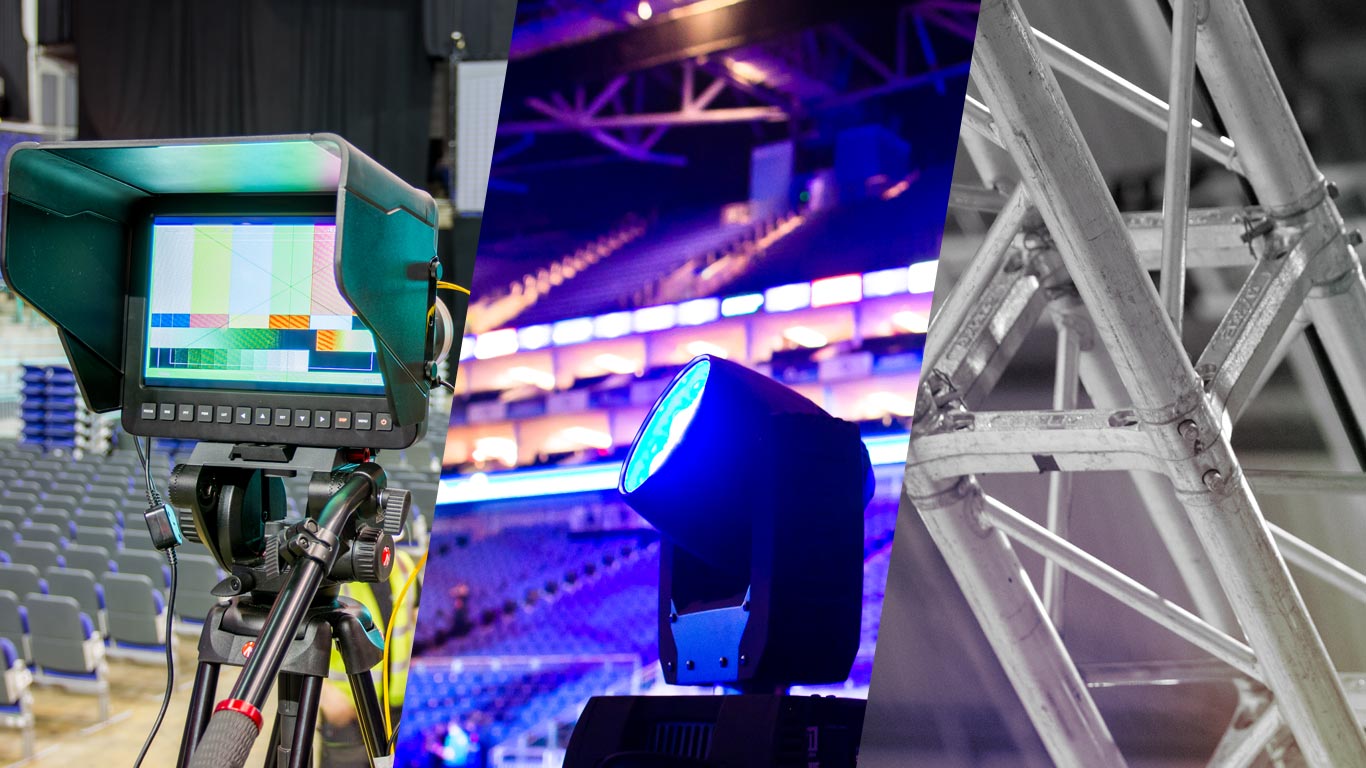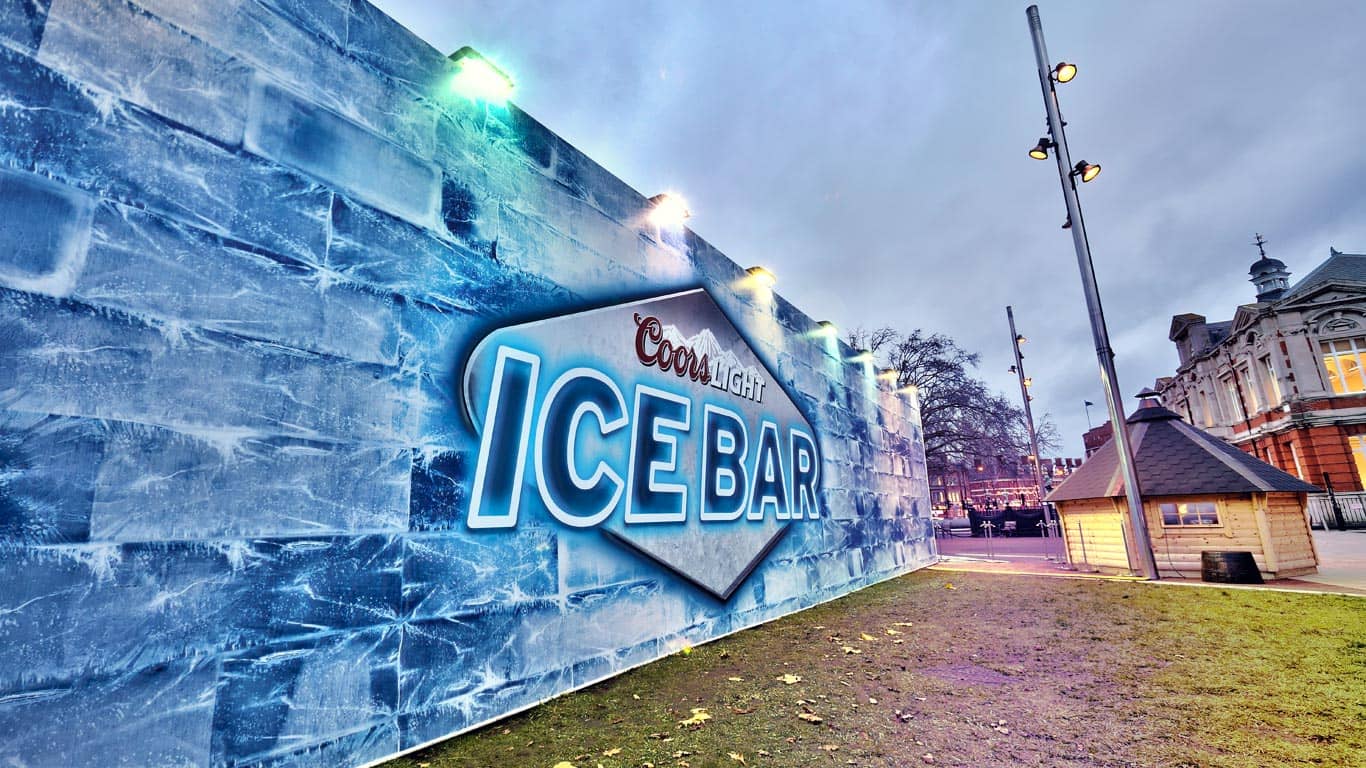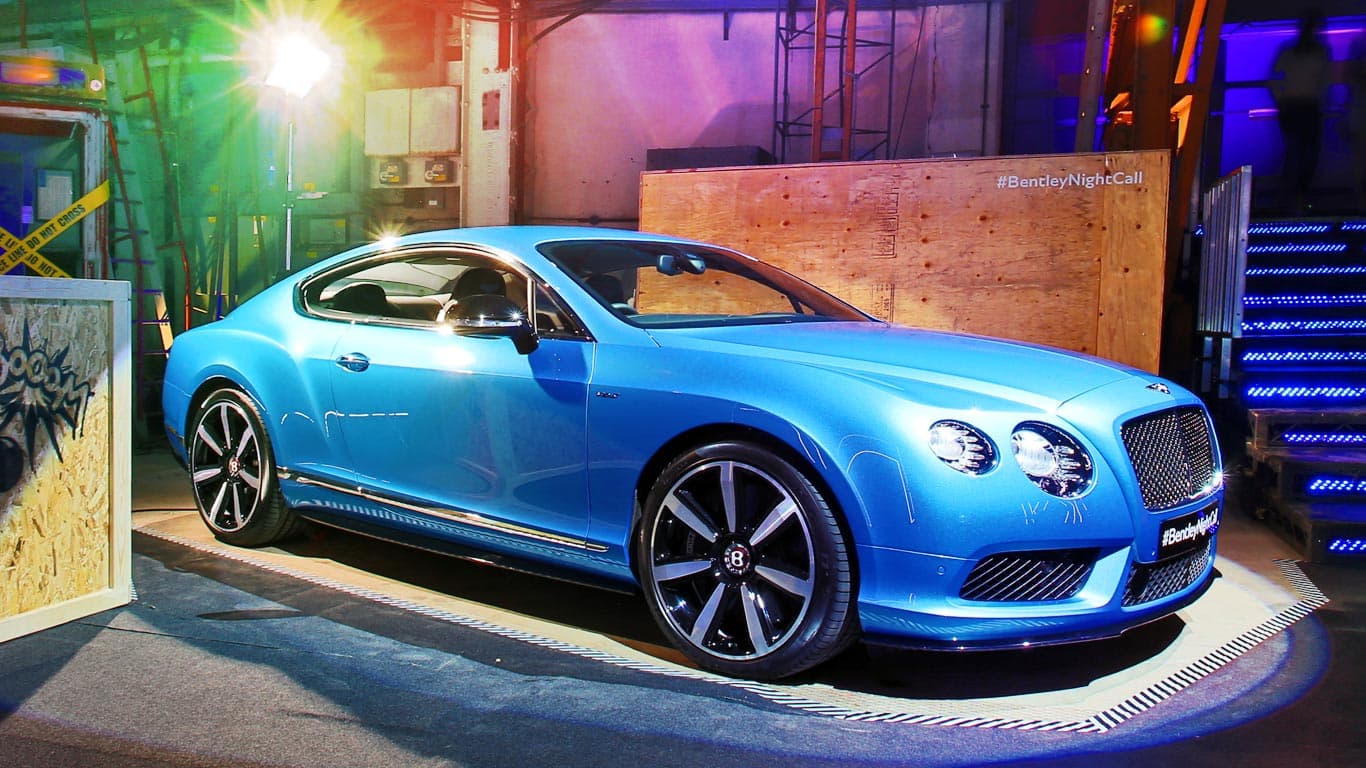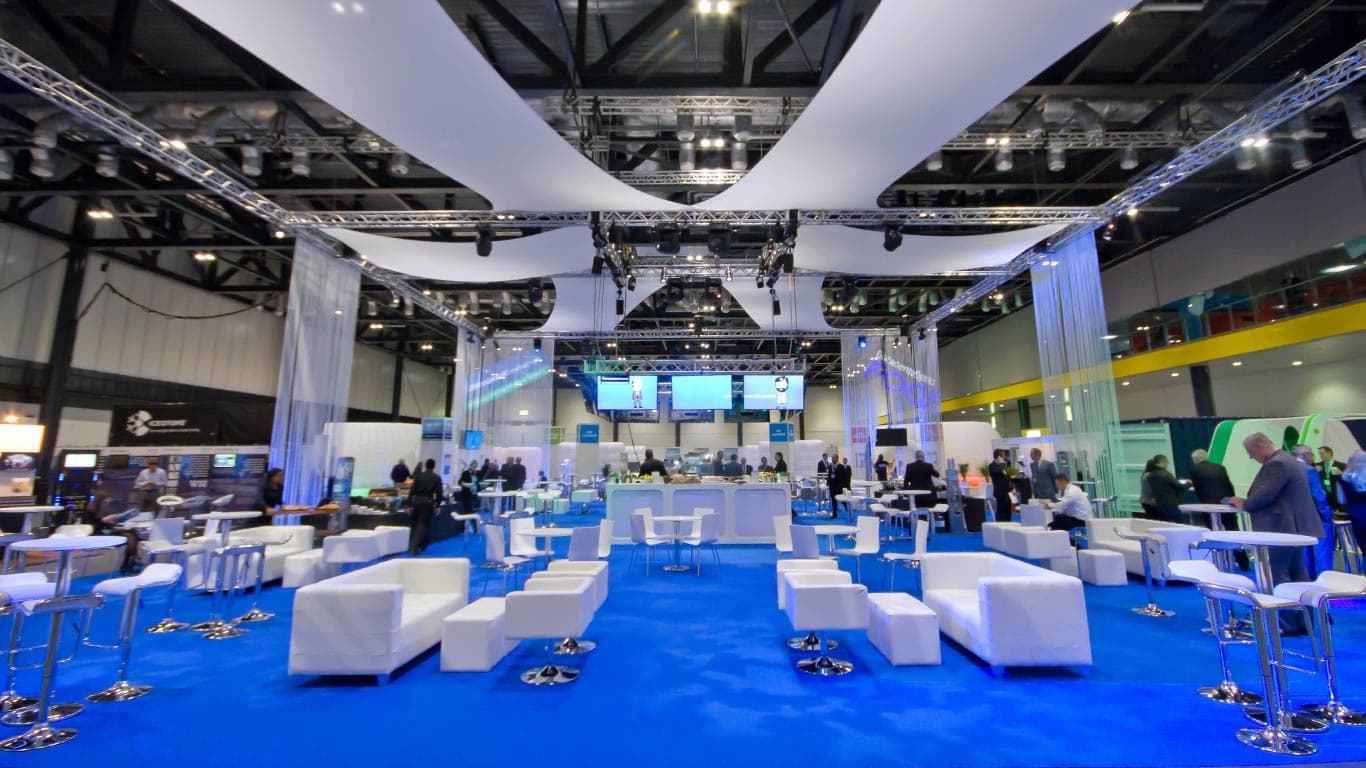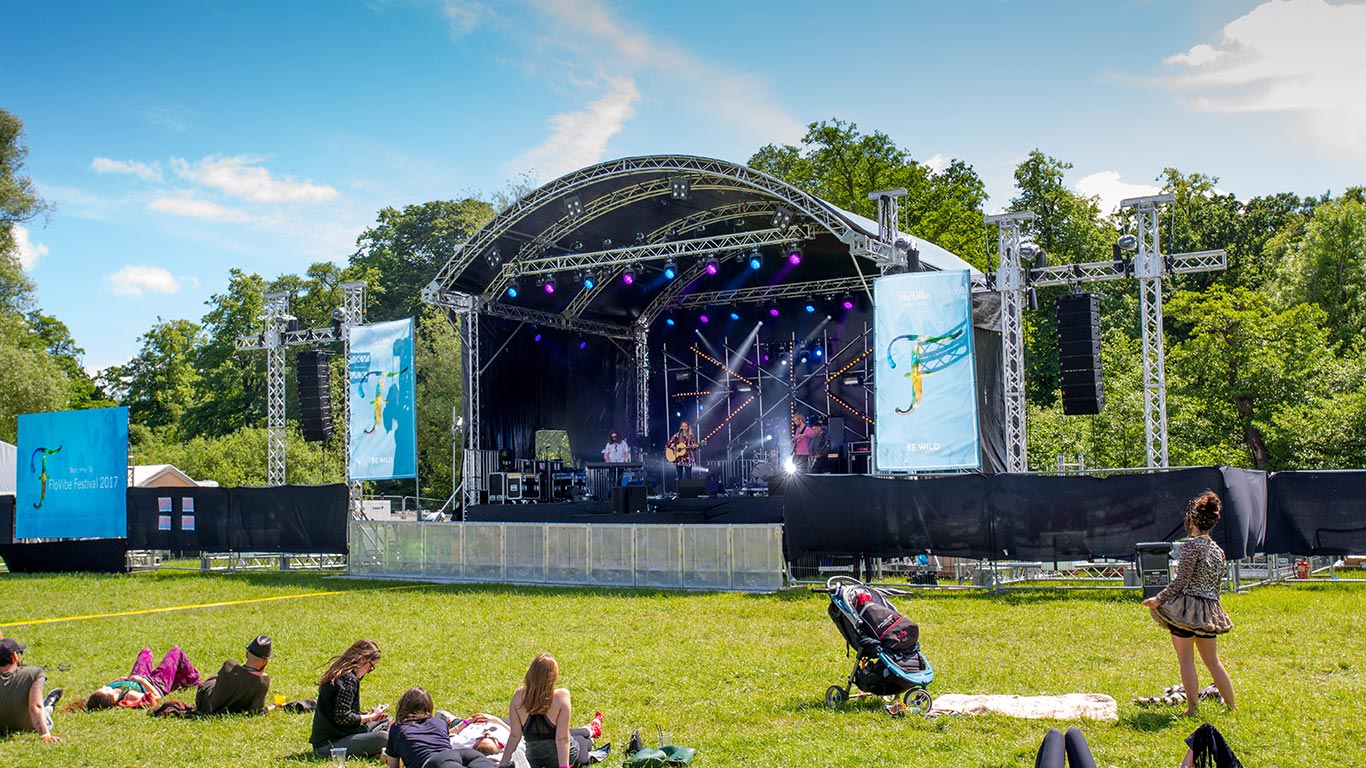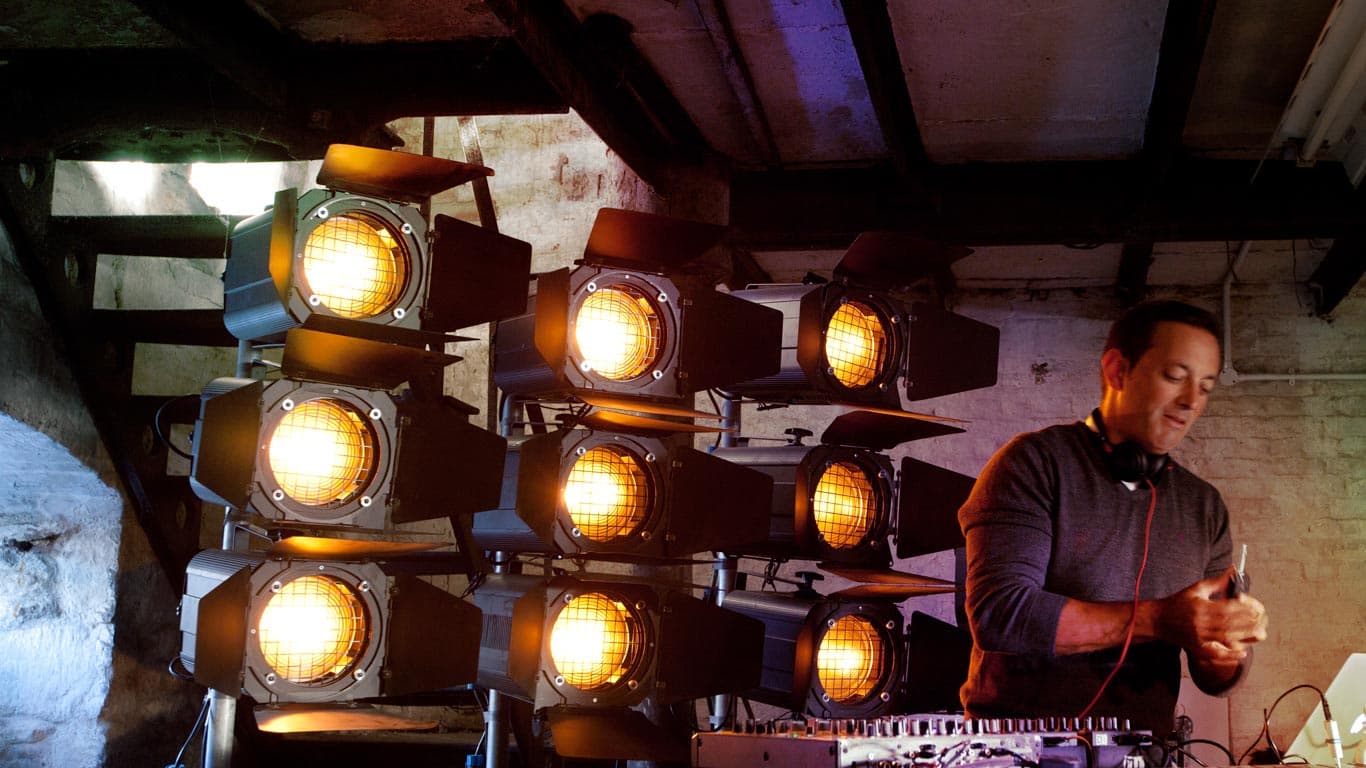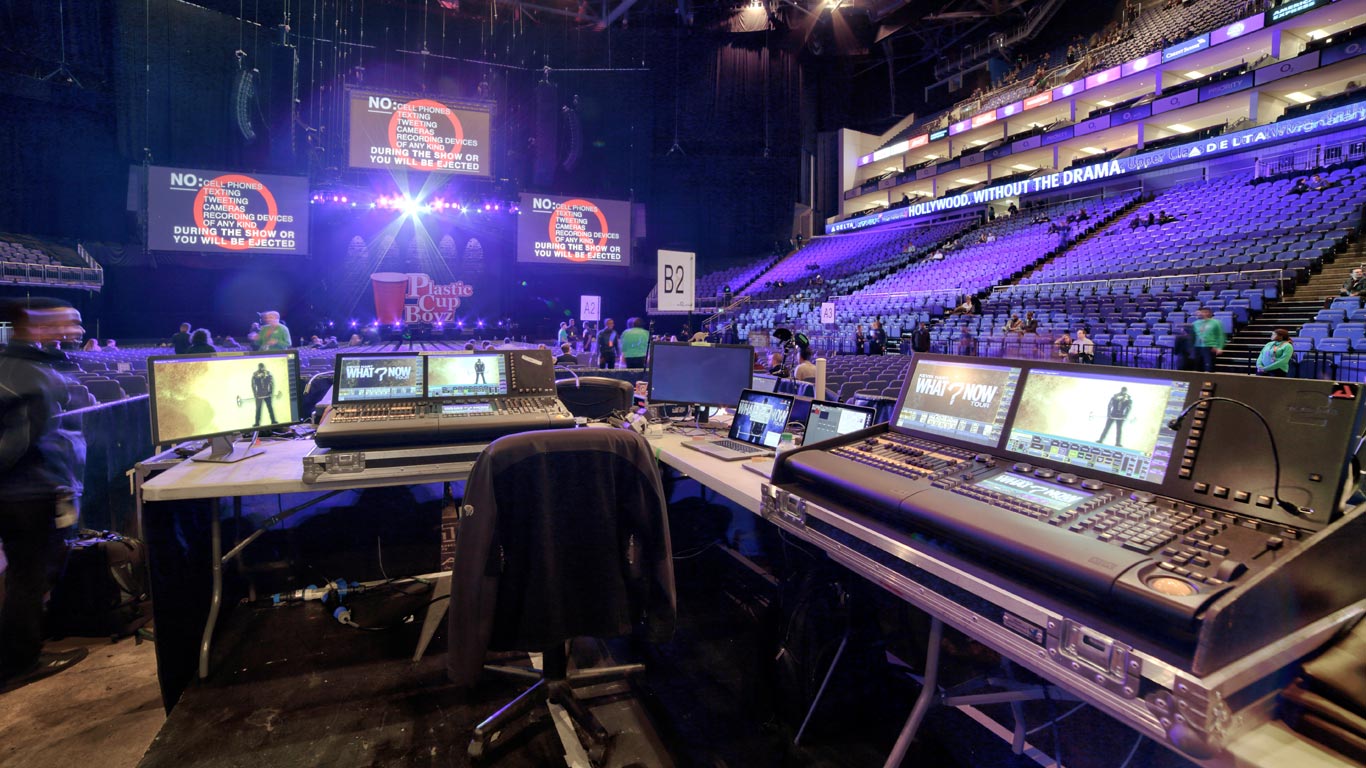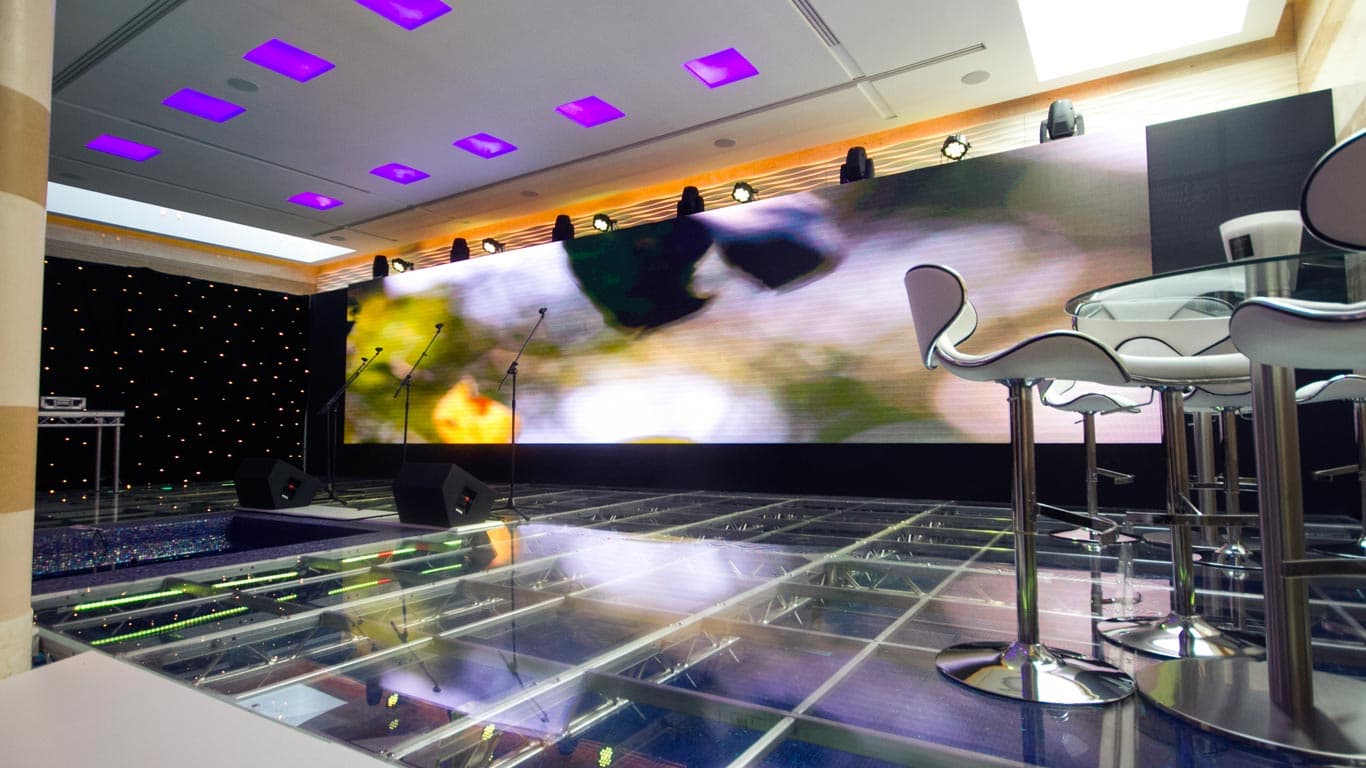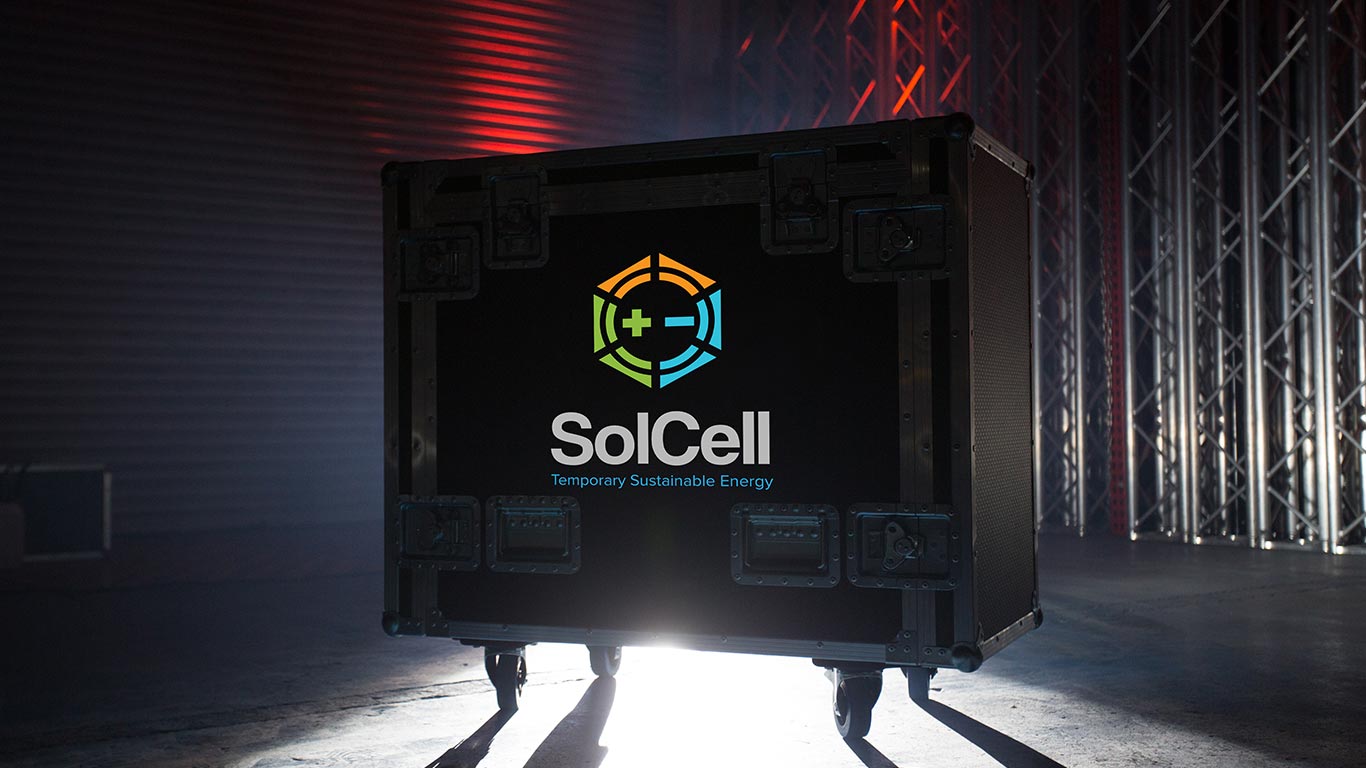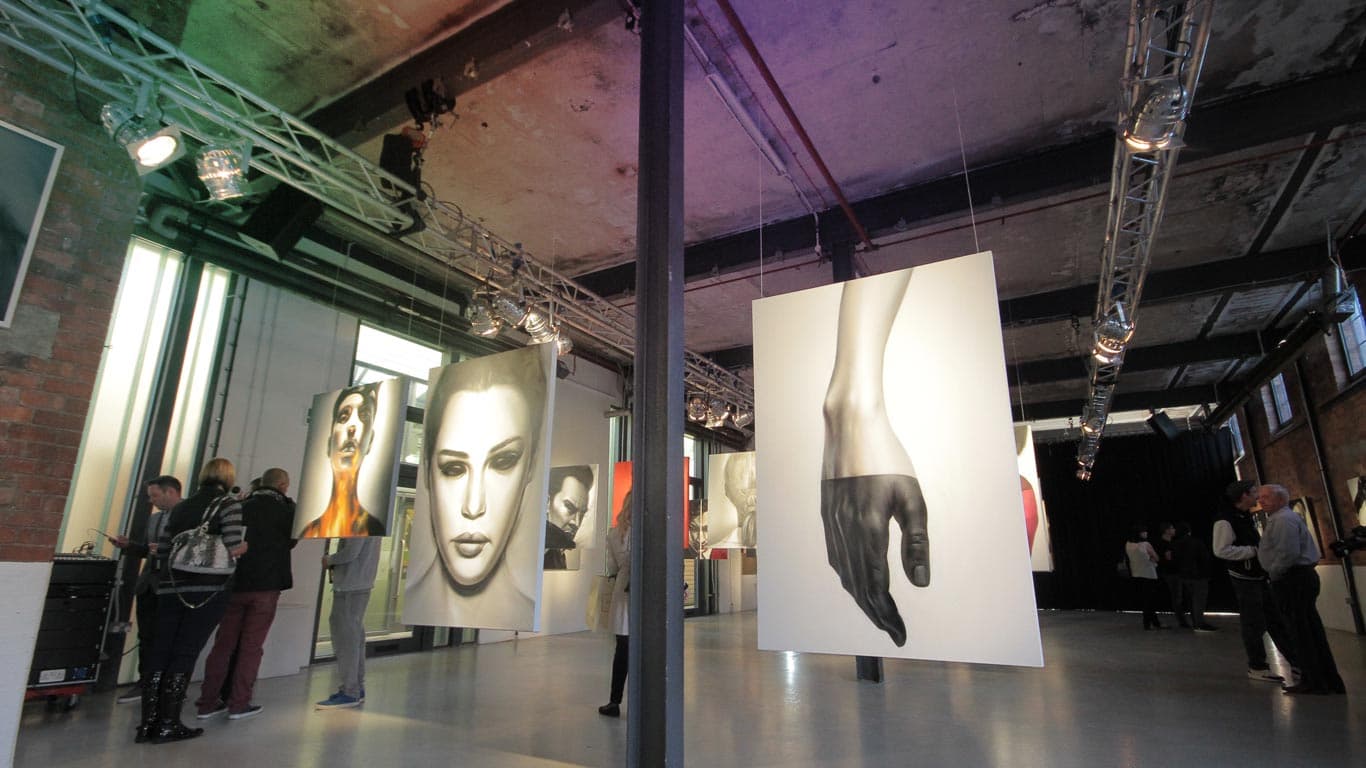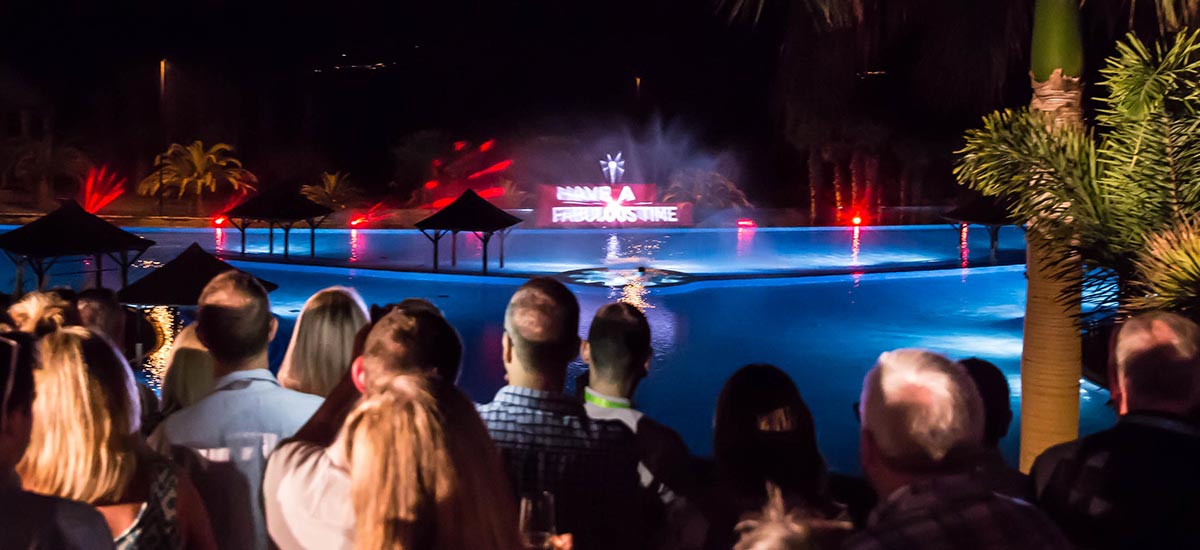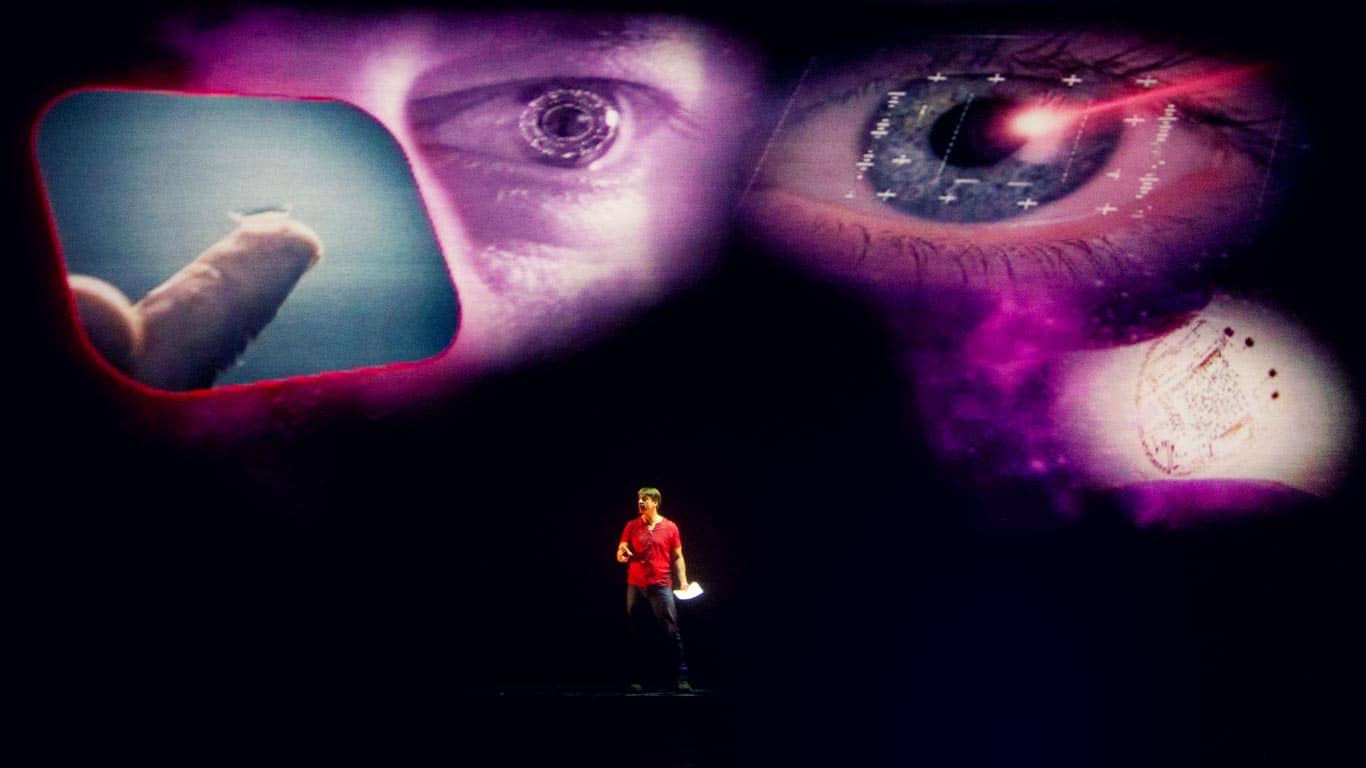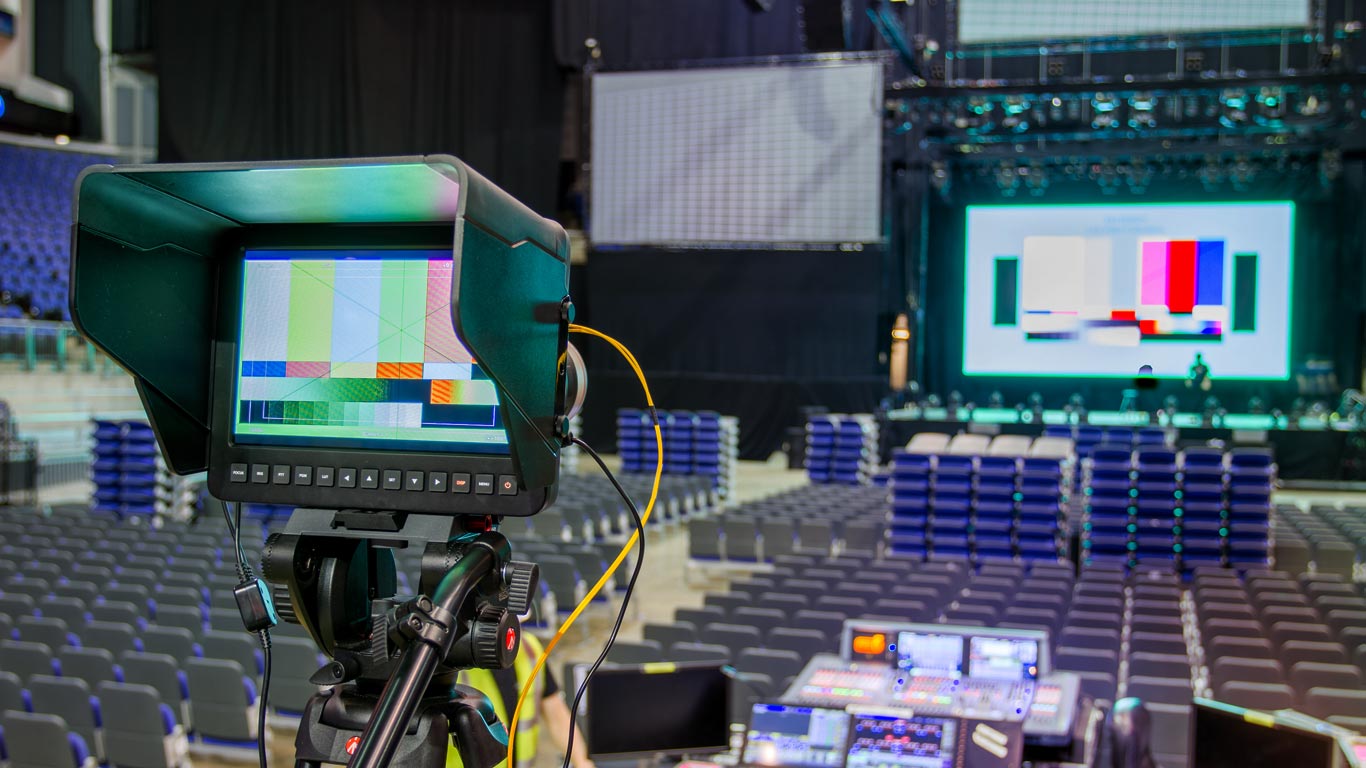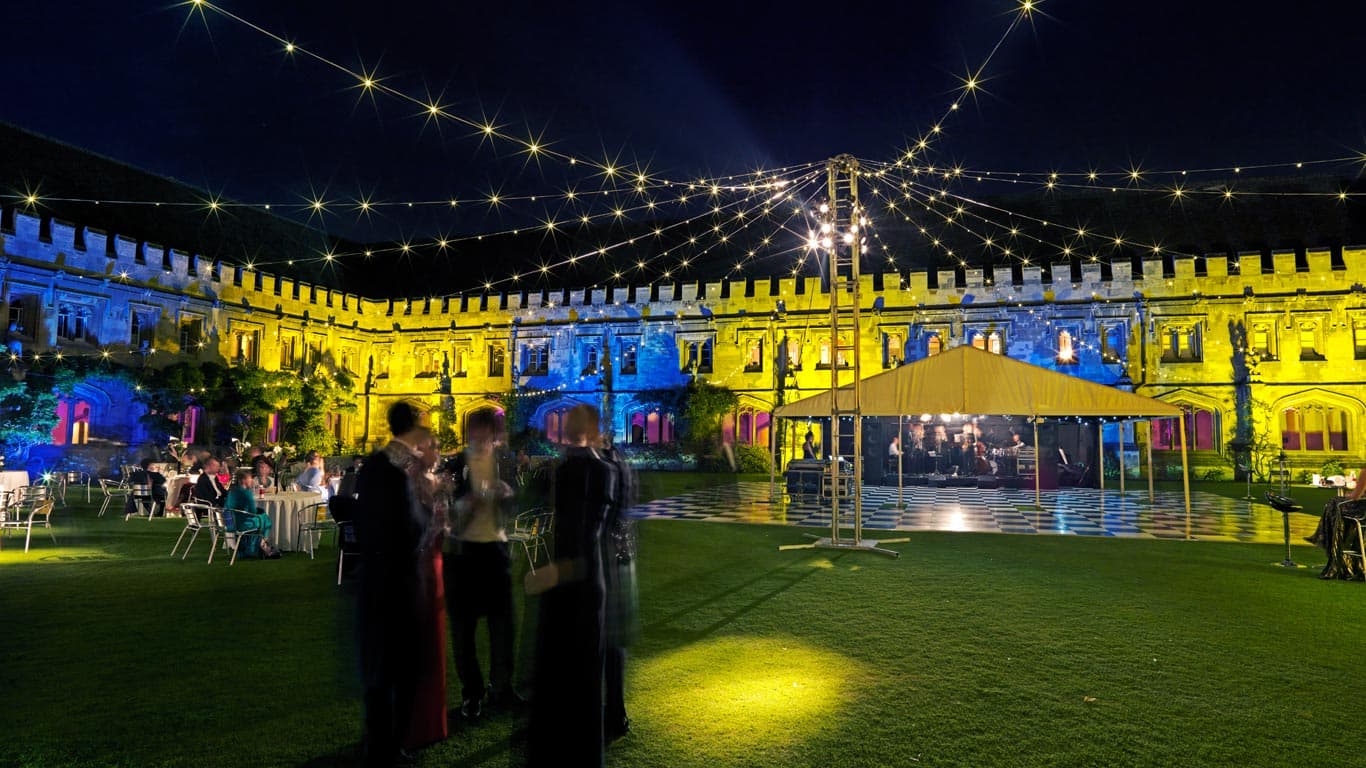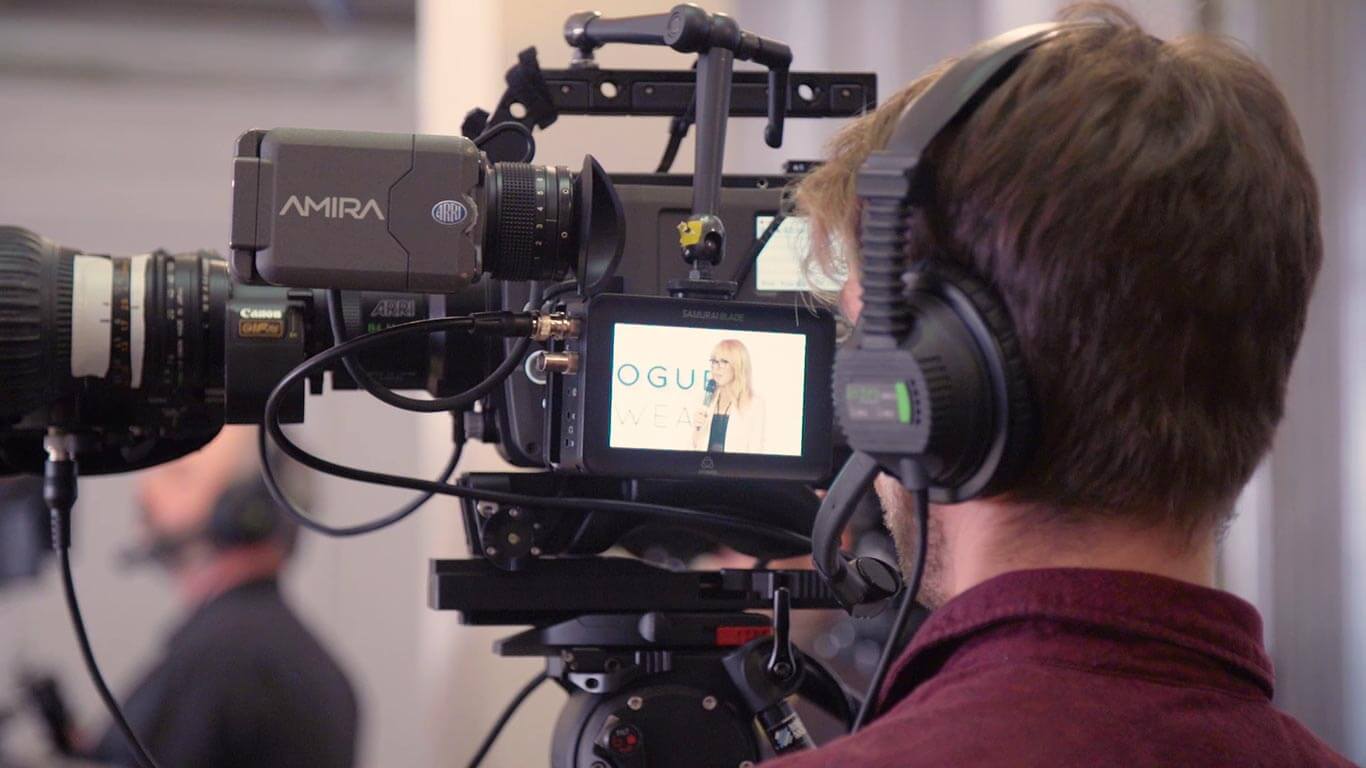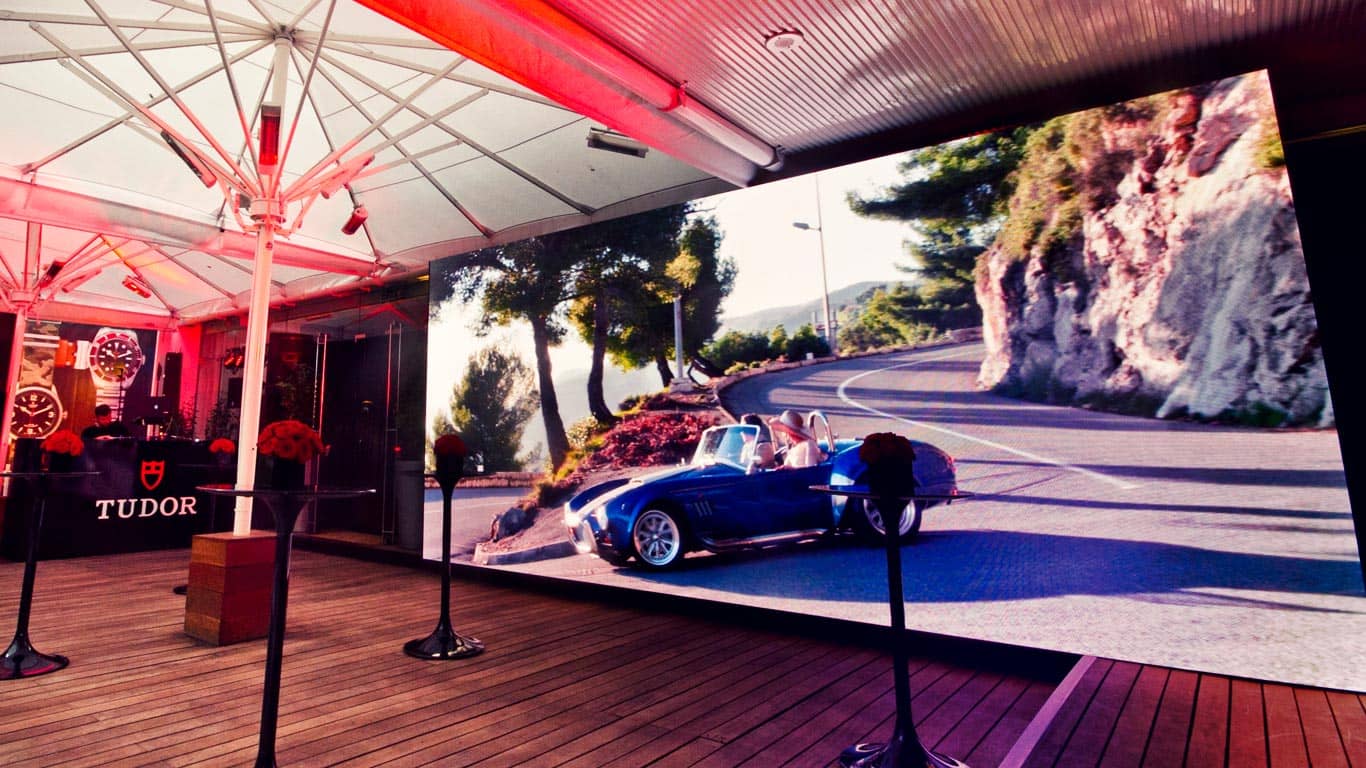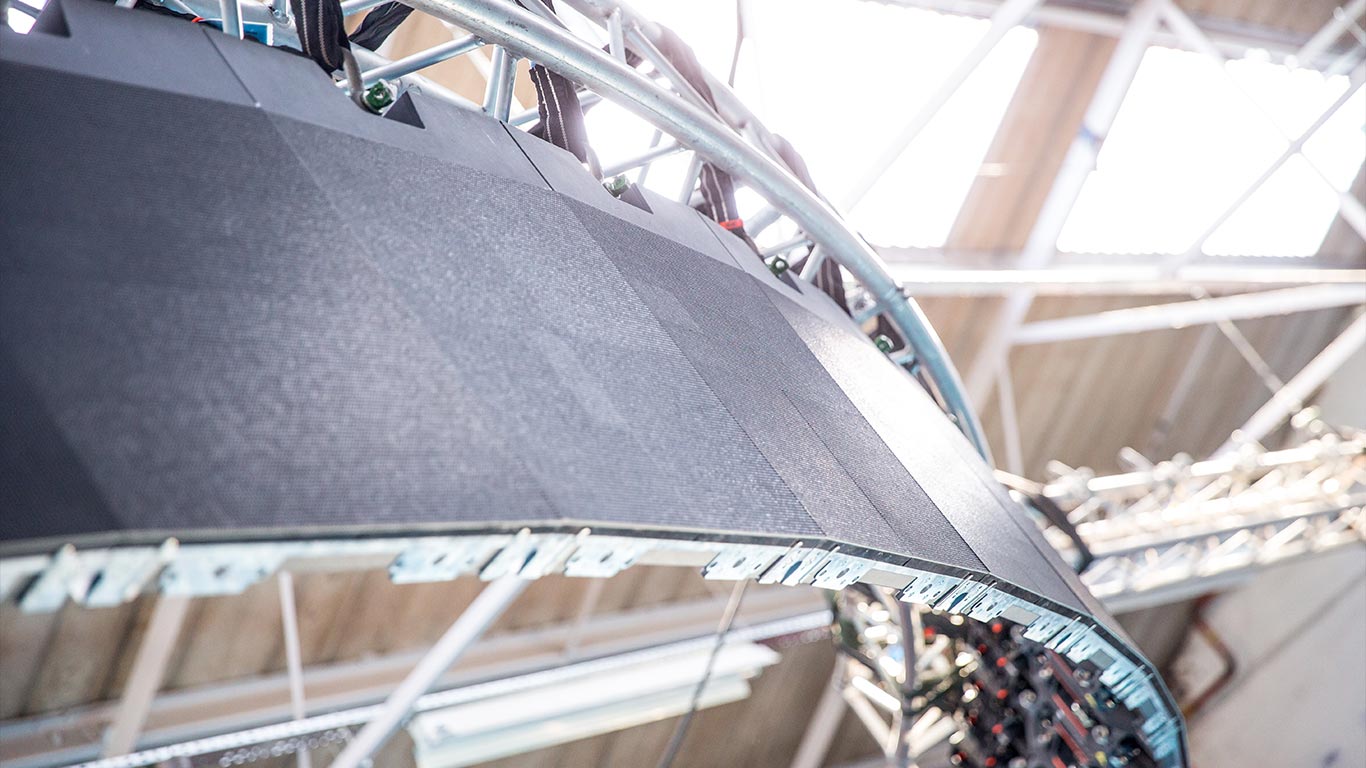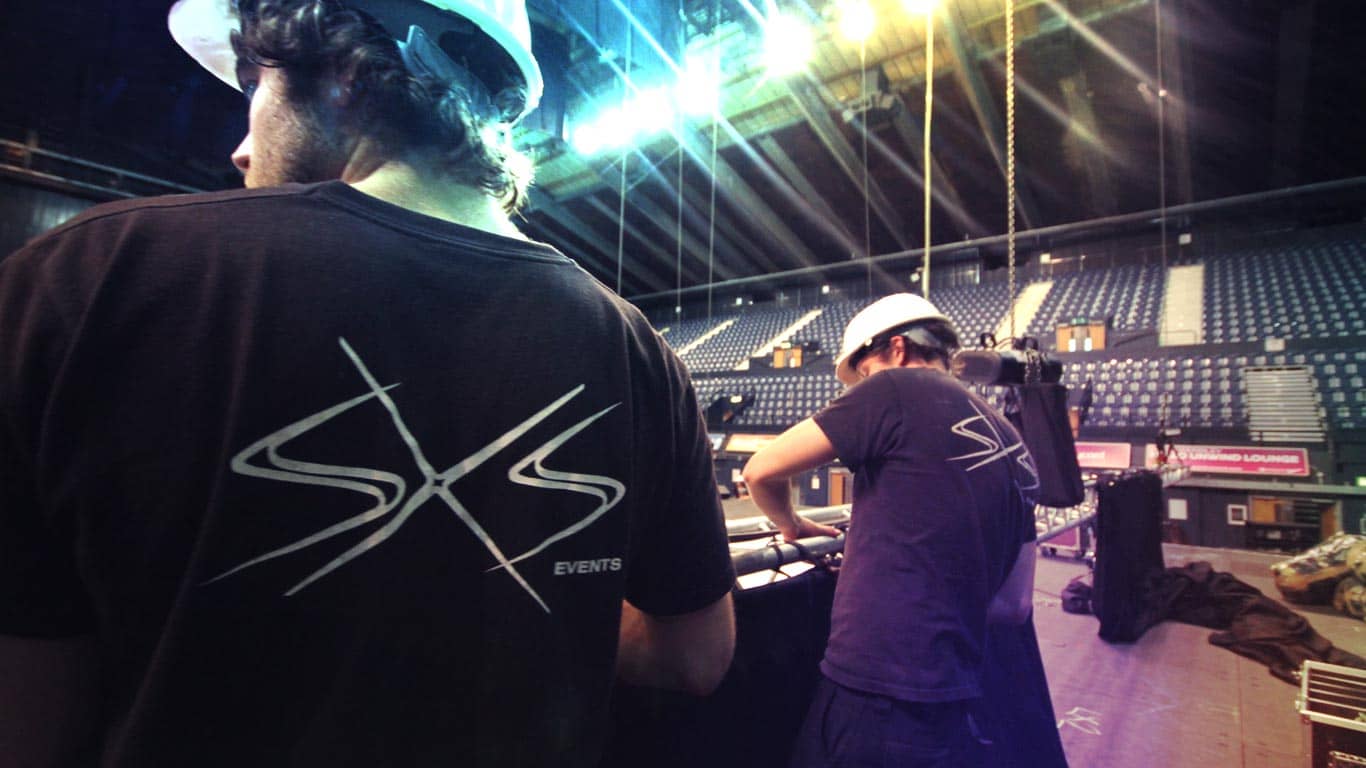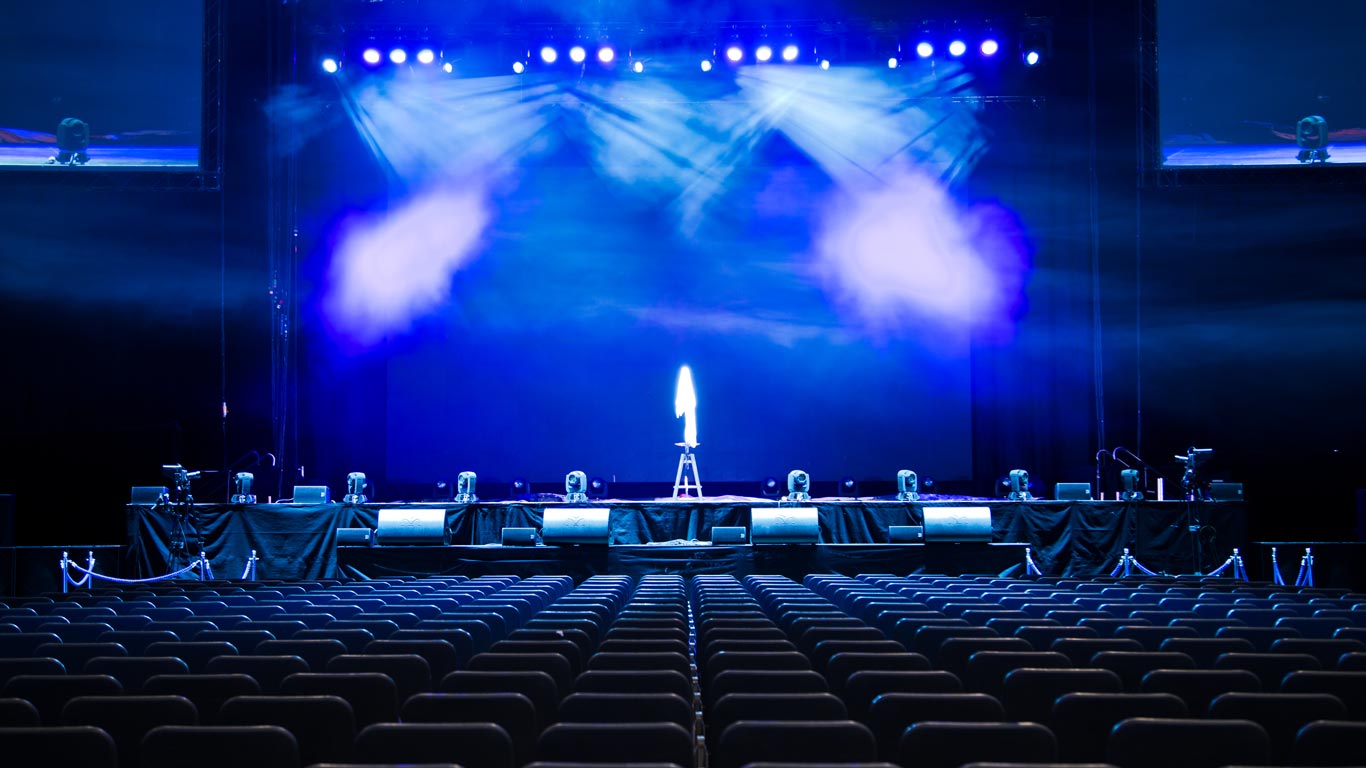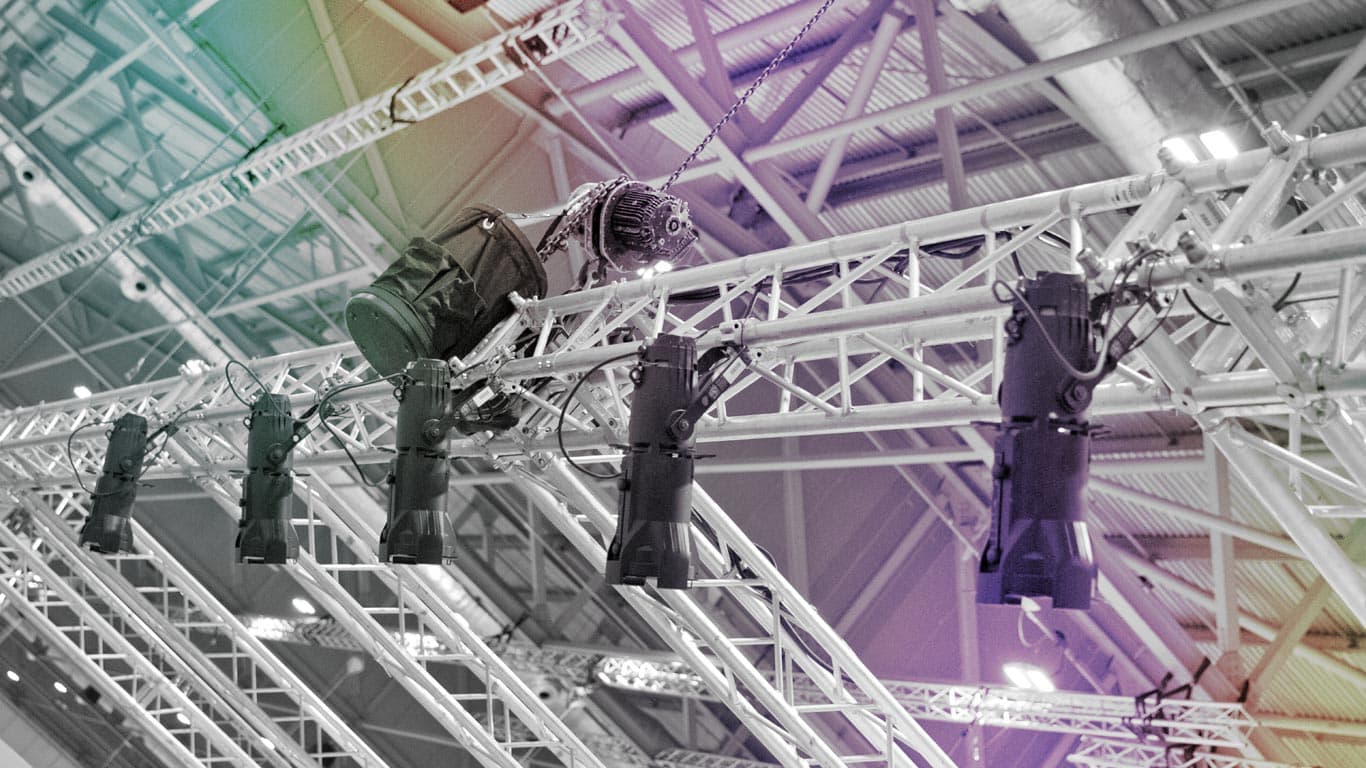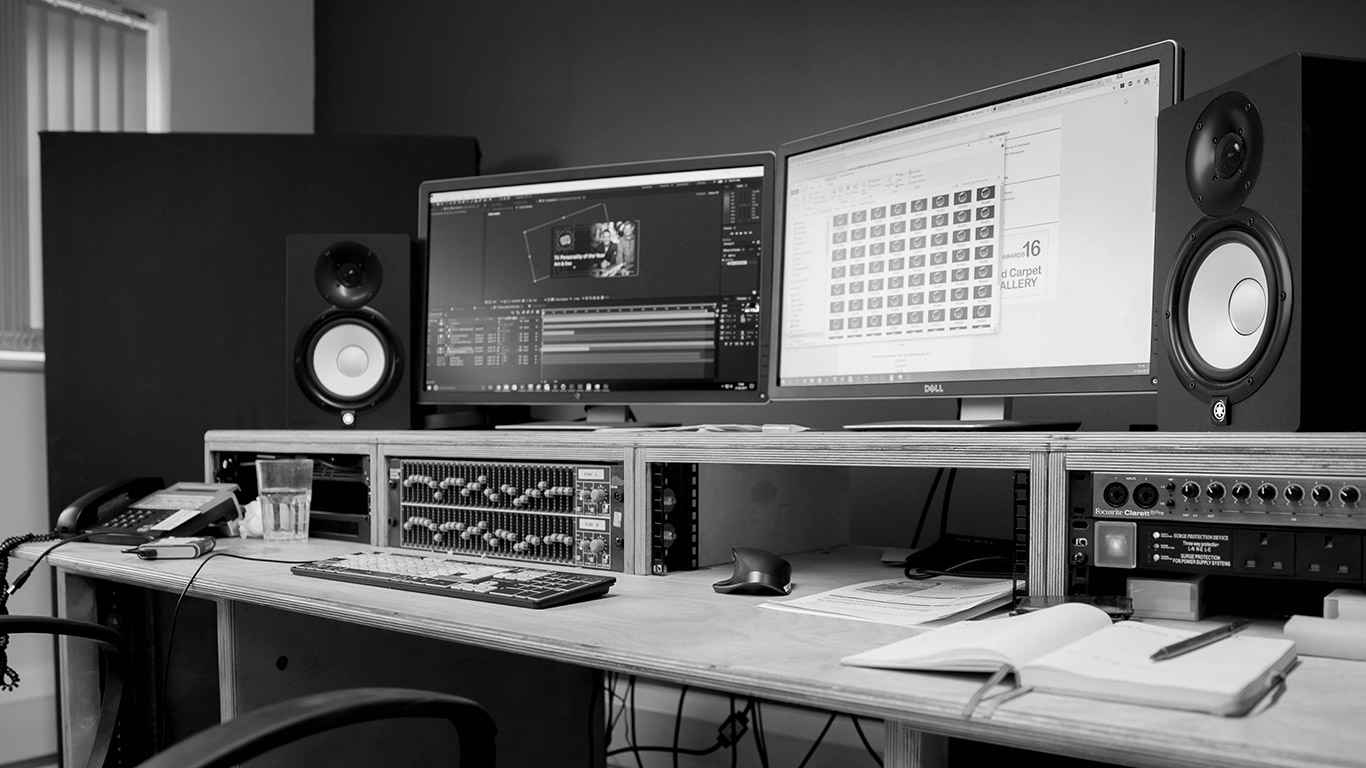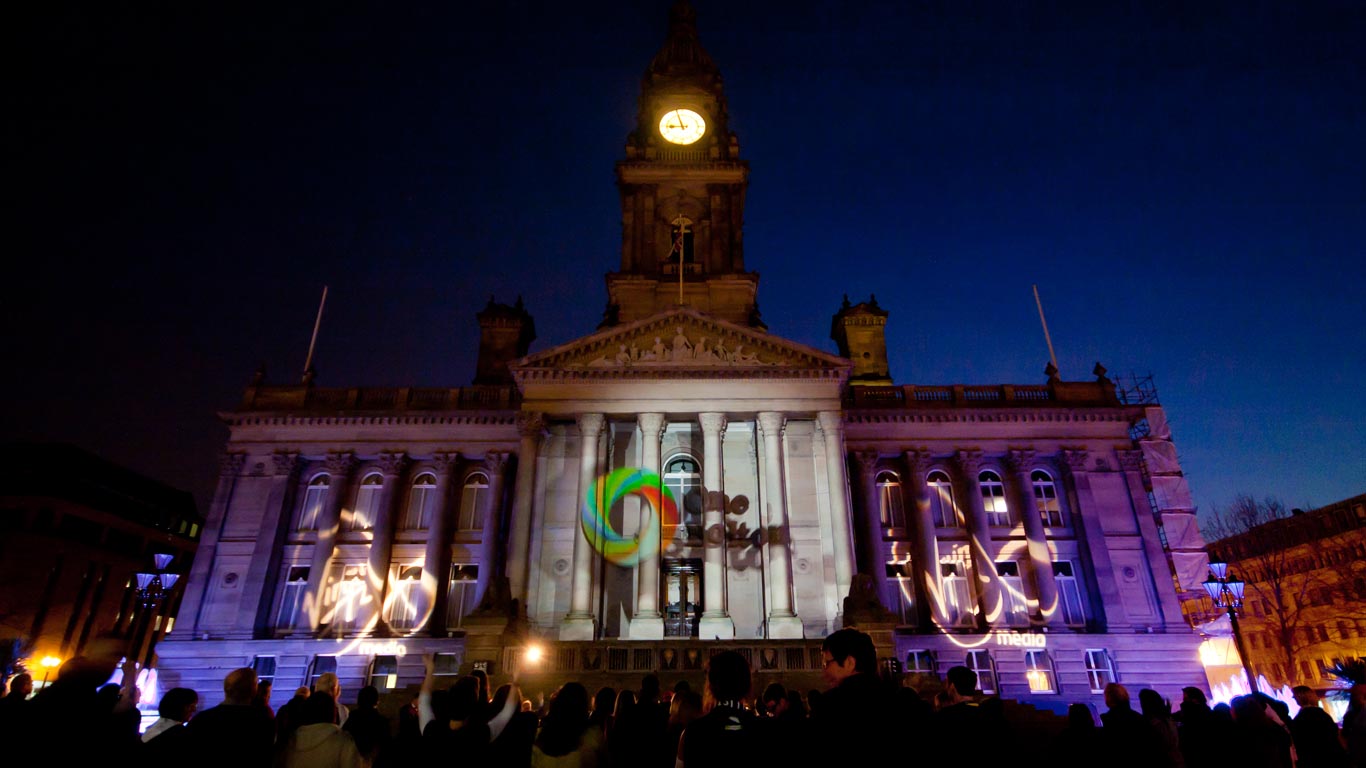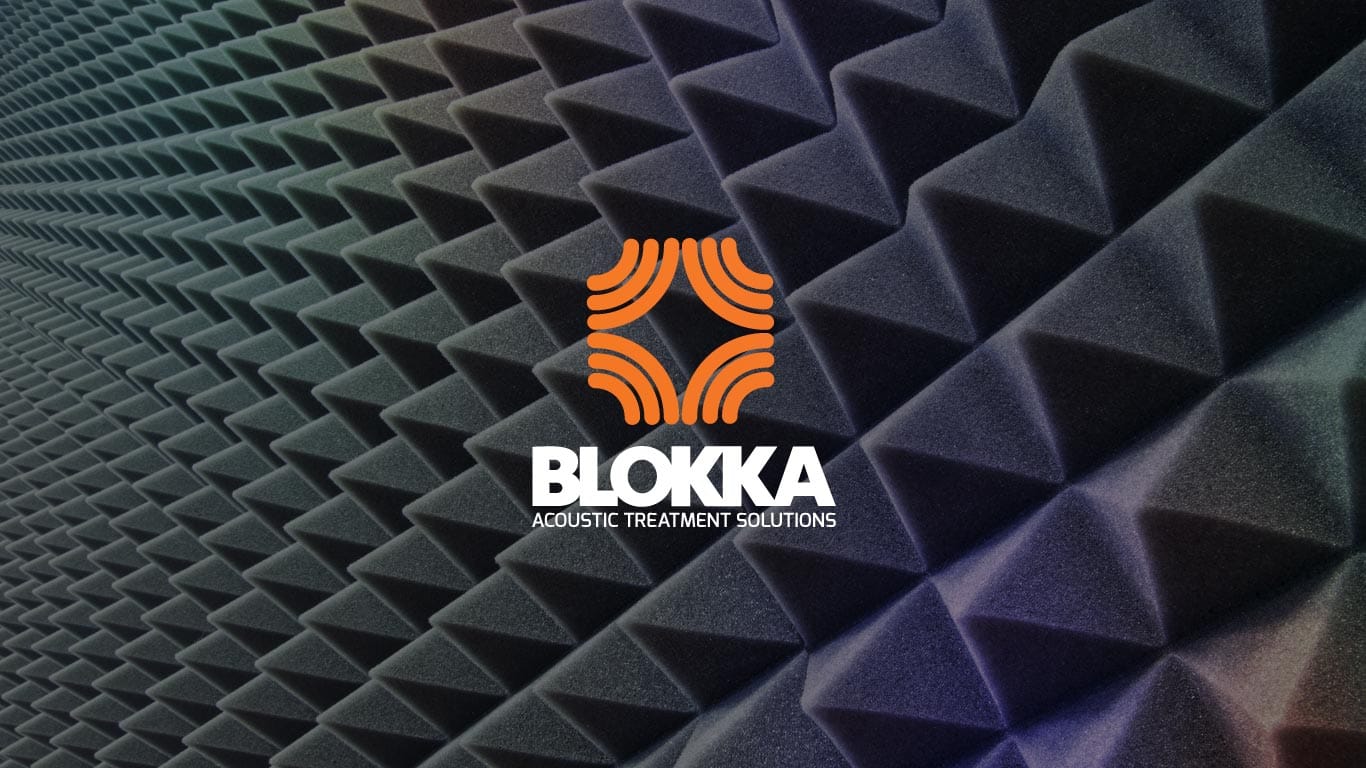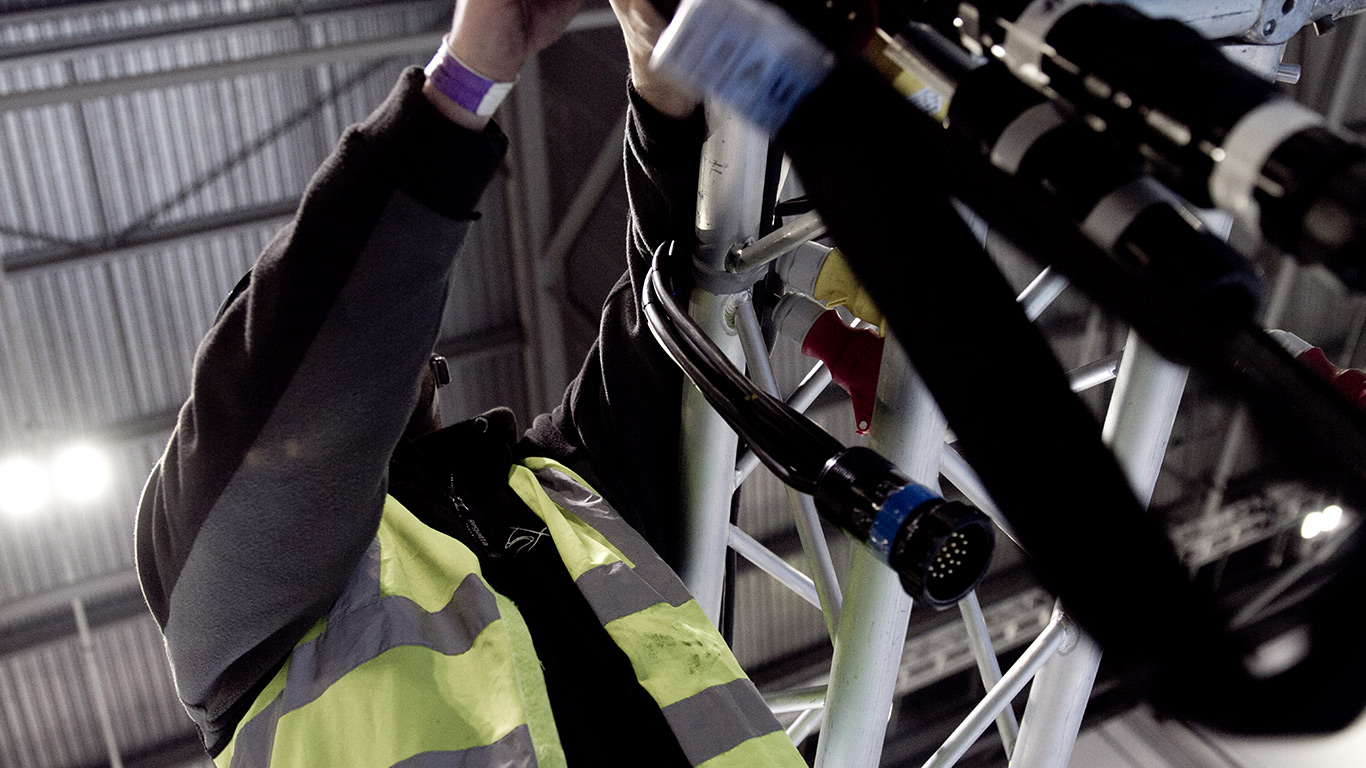10+1 ways to make your event more sustainable
Sustainability is a critical factor for all event organisers who care about their place in the world, the environment and their image
Equally important is the fact that a lot of sponsors and attendees of events are also highly motivated by the sustainability credentials of events. This creates an important commercial driver for improving the sustainability of your event.
In this article I am going to share ten excellent ways of making your event sustainable – all these ideas are tried and tested.
Have fewer (but bigger) vehicles
It is something of a convention for event organisers to get all the services they need from separate vendors. It is not uncommon to see separate suppliers for bars, furniture, audio, video, drapes, games, lighting and props -each with their own vehicle carrying their kit and with multiple crew vehicles coming to site. In order to reduce your hydrocarbon use look for suppliers that supply multiple services. You may find that instead of ten vans twenty cars arriving on site there is one truck and two crew vehicles. This is also good for lowering parking costs and increasing car park space!
At SXS we offer a genuine one-stop shop and often produce some of our largest and most complex from a small number of large trucks.
Reuse / repurpose print
Print graphics are a major resource on many corporate, brand and experiential events but are often not biodegradable and require a lot of earth resources to create. Solvent ink and the power to run printers often use un-sustainable energy sources. The challenge is that people want up-to-date, relevant content on their print. With this in mind why not design as much print as possible that can be re-purposed? Common tricks can include omitting the event year from the print so that it can be used again, or creating designs that allow elements to have new custom content put on using self-adhesive vinyl.
In addition to this, many print materials have a reverse side that can be used for secondary events. Most offices have “duplex” printers that print on both sides of paper, but this same method is rarely used in the case of far more costly event graphics. Spin your print boards over and print on them again.
If you are concerned about the condition of print material on the second event, consider only using it for lower-value or charitable projects where pristine print graphics are a compromise the organiser may be happy to make.
Another method that works well is to trim off damaged edges of the print medium so that there is a fresh board. For example if you have an AO foamex board you can trim the sides off with a good rail saw to create a fresh piece of board at A1 size.
The SXS print shops re-uses nearly all our print materials for internal signage or to support charity/community projects. Just last month we sponsored the Warleigh Weir Project with custom signage that was done entirely from re-used print materials.
Avoid print altogether
Better than recycling print material is to not print at all! You need to get a message across to your audience in a way that is clear, concise and impactful. But is print the only way? Digital signage is an exciting and viable way to show not just graphics but also animations. Using LCD screens, LED video walls and even projection you can create bright, vibrant graphic surfaces which can be easily and quickly changed. The latest UHD (ultra-high definition) screens have resolution which is often as suitable as print graphics.
At SXS we have over 500 panels of video screen ranging from small UHD screens right up to arena-scale LED video walls. With these owned and held in-house we can often give a digital signage solution to clients at the same price or less than print graphics.
In addition to using video walls, consider providing delegates with E-tickets rather than print tickets, tokens or vouchers.
Reuse and repurpose set
Custom built sets use a huge amount of resources and materials. They are also costly. Instead of accepting a design that is good for a one-time use push your supplier to design a solution which is scalable and re-usable. This doesn’t necessarily mean having the same set for every year of your annual event. A skilled set designer will produce a solution that can be made to look different very easily and with minimal modifications.
Also consider using “stock” sets – these are sets (or parts thereof) that a company has already made for other events and can be re-used.
At SXS we provide bespoke sets a lot and they are of the highest standard. It is often possible to utilise stock elements to create the basis of the set while still delivering a completely custom look. We often encourage clients with a portfolio of events to work with a core design that can be modified for each iteration of an event.
Use sustainable energy
It is common practice to use diesel generators for events where “grid” power is not easily available. Even the best diesel generators are inefficient, expensive to run, noisy and produce exhaust fumes. We all know the issues that have been highlighted recently with diesel cars and NOx emissions. Broadly speaking diesel generators do not have the same level of catalytic converters and other preventative measures as cars. This is terrible for the environment and it is hard for any event to have credible sustainability credentials when using diesel-power.
Where possible always look to use Grid power. While UK grid power is a not always sustainable it is invariably less damaging than diesel-power. Grid power also mitigates the need for transport of generators and fuel. Even if the ideal power sockets are not readily available at a given venue it is often the case that there is sufficient power available that can be accessed. A competent electrician can easily establish how much power can be obtained from nearby power supplies. Assuming there is enough power available from nearby infrastructure it is often easy to get the desired power socket installed. I have personally had many situations where clients are about to spend a considerable part of their budgets on generators only to find that a permanent socket can be installed at their venue. It is nearly always the case that a new power socket is 30% of less of the cost of generator. It really is a no-brainer!
What about events that are not near any grid power supplies? Dirty, unsustainable, noisy generators are the only answer right? Not so! There are now entirely sustainable event power solutions which can power all or part of an event. Battery, inverter, and solar PV technology has leaped forward enormously and dropped in price in recent years. Products such as the SolCell (www.solcell.net) range allow sustainable energy to be delivered to site in batteries and also be generated onsite. While it will be a while until Glastonbury Main Stage will powered from batteries and solar, it is entirely viable (and economical) to power small parts of festivals entirely off sustainable energy.
It is also worth considering “hybrid energy” solution that are a mixture of generator, solar and battery power. These can help reduce peak loads on generators and grid power which means you can power bigger infrastructure off less power.
Reduce food miles
Food miles are how far food has been transported from producer to venue. This transport uses a lot of fuel and transport infrastructure. This also has a wider impact on how congested roads are. Put pressure on your caterer or venue to use local produce that has not travelled as far. This also means you will be eating fresher food which is in-season and supporting local communities; ultimately resulting in better and more mindful food – everyone wins!
Reduce/remove packaging
We all know how over-packaged a lot of products are. Some items come in double and triple packaging which typically goes into landfill at a high cost. But what can you do to reduce this? First off, bottled water is one of the biggest causes of unnecessary packaging. Place clean glassware and water dispensers throughout your event and offer free glasses of water at bars. When you take deliveries with reusable packaging (such as bubble wrap) store this and use it when items are returned – this will also save you money. Keep hold of boxes as they are a much better way of cleaning up rubbish than using bin liners at the end of the event
Don’t have the event
That might seem like an odd heading but it is worthwhile to be honest with yourself about the role your event plays in the damage to the planet and the natural resources you are using. If you and your stakeholders cared about the environment more than anything else you probably would not have the event in the first place. This would mean the consumption of fewer hydrocarbons, fewer natural resources and disposal of less waste. With this in mind, it is important to consider the important difference between REDUCING HARM and DOING GOOD. All the above points are focussed on reducing harm which is a good start but ultimately makes your event “less bad” - not good. Below are some ways that we can make events do good things, become a catalyst of change and educate people.
Promote sustainable values at your event
We find that most people come to an event with an open mind and an appetite to learn or experience something new. Because of this you have a unique platform to share ideas about sustainability with your audience. It is fascinating to see how people’s behaviour can adjust when they see that those around them have changed their ways. You may find that your event can be a catalyst for change well beyond your ticket barriers and front desk!
Use your spending power!
This is the big one! The events industry is competitive and, as a budget holder, you have a lot of power. Use this power to encourage or demand your suppliers conduct themselves sustainably. You can define your sustainability expectations with suppliers as part of an “eco-pledge” which can cover things such as use of packaging, reducing transport, consideration for how materials can be re-used and how your suppliers are off-setting the environmental harm they do.
A draft “eco pledge” can be found at the bottom of this page: PUT IN LINK TO THE PAGE WHERE THIS IS HOSTED.
Offsetting
After all of the above has been done there is still more you can do to ensure that your event harms the planet less. Using profit and resources created from the event look for ways to do good things beyond your event to make up for the bad stuff that happens at the event. Some ideas include:
-
Organising community action such as litter picking with your events team
-
Make a financial donation to a charity or community group who are doing good things for the environment
-
Support community groups that are educating young people
-
Buy and plant trees on any land you have access to
At SXS we have taken it to the extreme and become the primary supporter of the Warleigh Weir Project (www.warleighweir.co.uk) . This project is local to us and works both to fix a local ecology problem and also has some lofty goals about educating people about their sustainable use of the countryside and changing consumer behaviour – check it out online and read some of the press coverage.
About the author
Johnny Palmer is founder and managing director of SXS which was setup when he emigrated from rural Tasmania to the UK. SXS is a major player in the UK event production business and delivers high-level solutions to events where brand image and guest experience really matter. Johnny is very engaged with living and working in a sustainable way whilst also running a substantial business and enjoying all the incredible things planet earth has to offer. Johnny personally founded the Warleigh Weir Project and takes a keen interest eco-engineering.
Related resources and articles:
Efficient stage management is crucial to the success of your event. I have written this article to help you learn the basic principles of stage management, learn some techniques, and understand some common mistakes.
How to write a creative brief >>
A brief is an outline of what outcomes are required from a project. Briefs generally invite dialogue, collaboration and even disruption to establish the right outcomes. In the case of a brief, different providers may approach it differently.
Advice on using powerpoint for presentations >>
Although a common piece of software, people often make simple mistakes that can have effects ranging from a poor presentation right through to cancellation of a conference.
Efficient meeting management and conduct guidelines >>
Meetings can be a horrible waste of time and sometimes people leave being more confused before they entered. Or they can be hugely informative, help to build relationships and ensure everyone knows what is expected of them.
This article is all about budgets, how to use them, and the concept of 'value', in the true meaning of the word.






